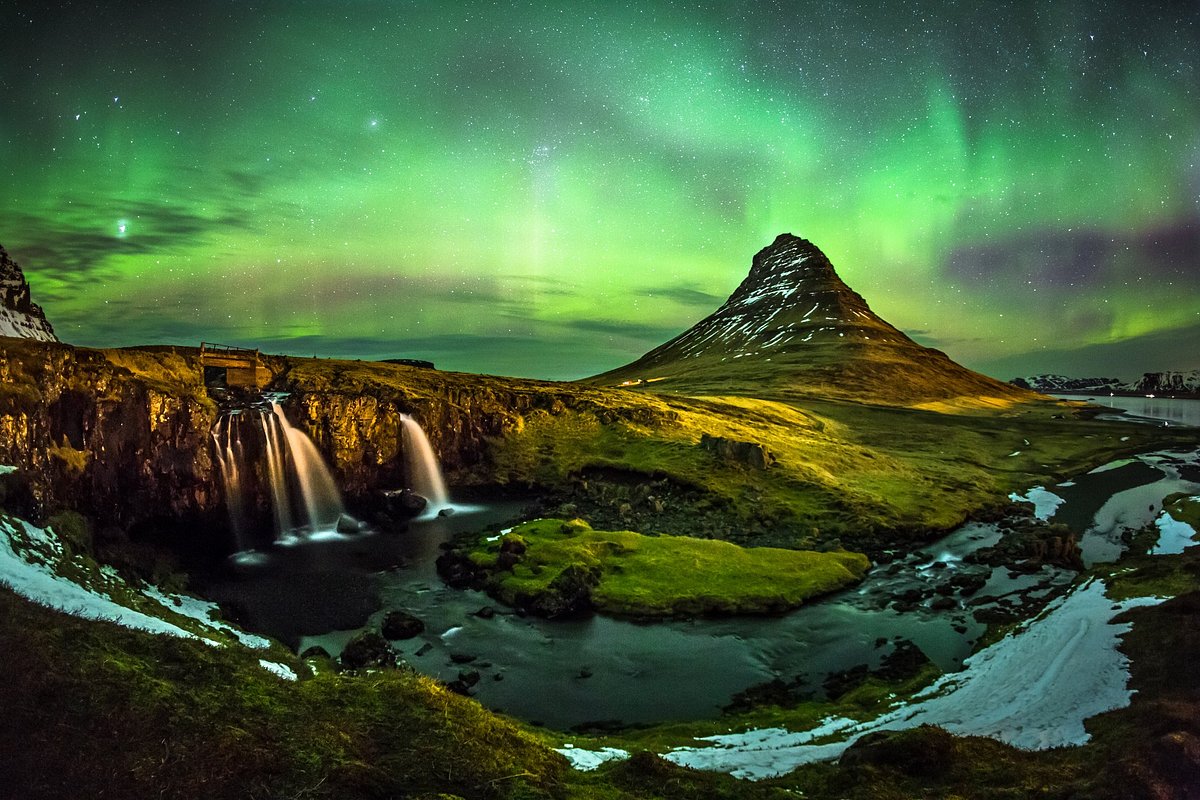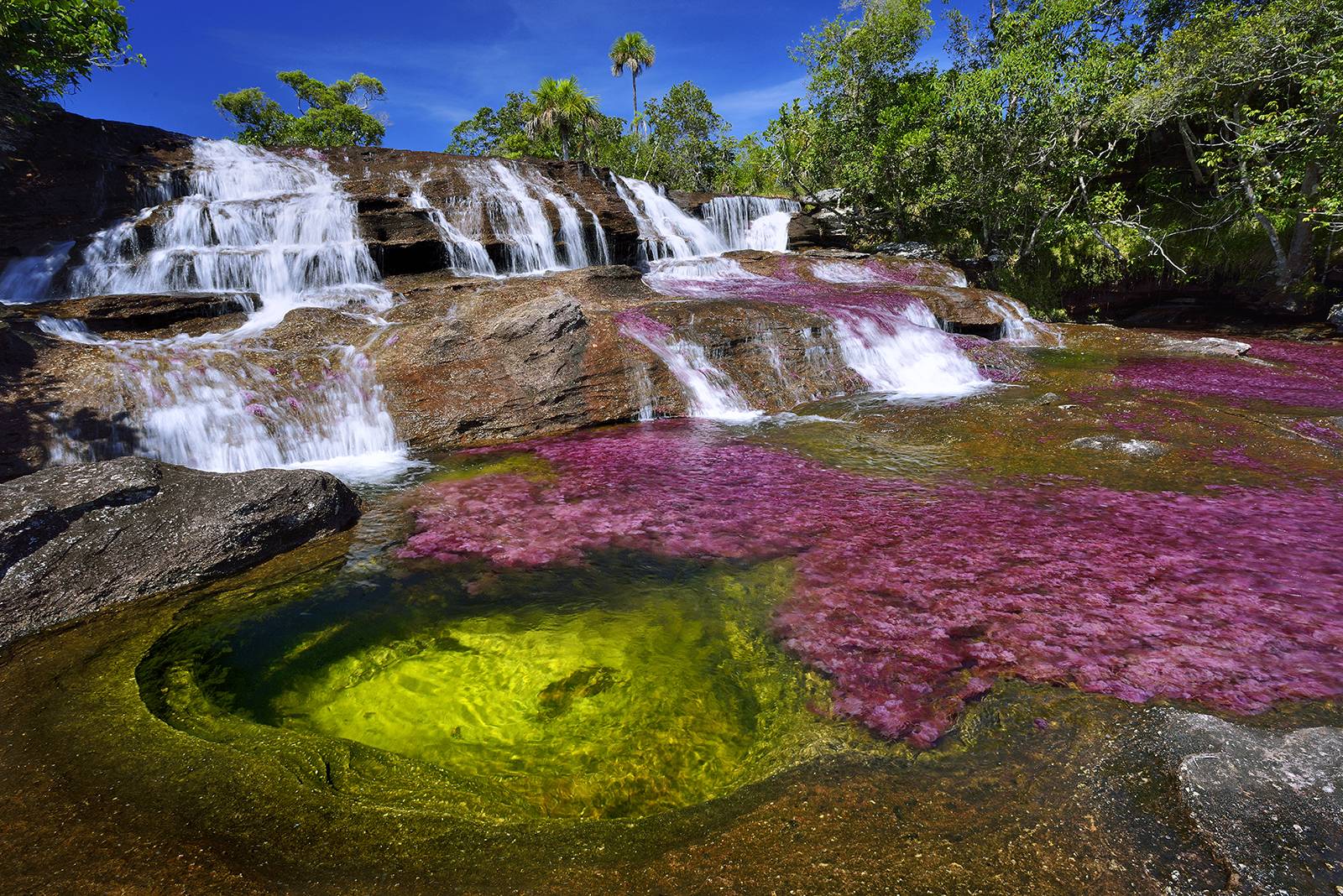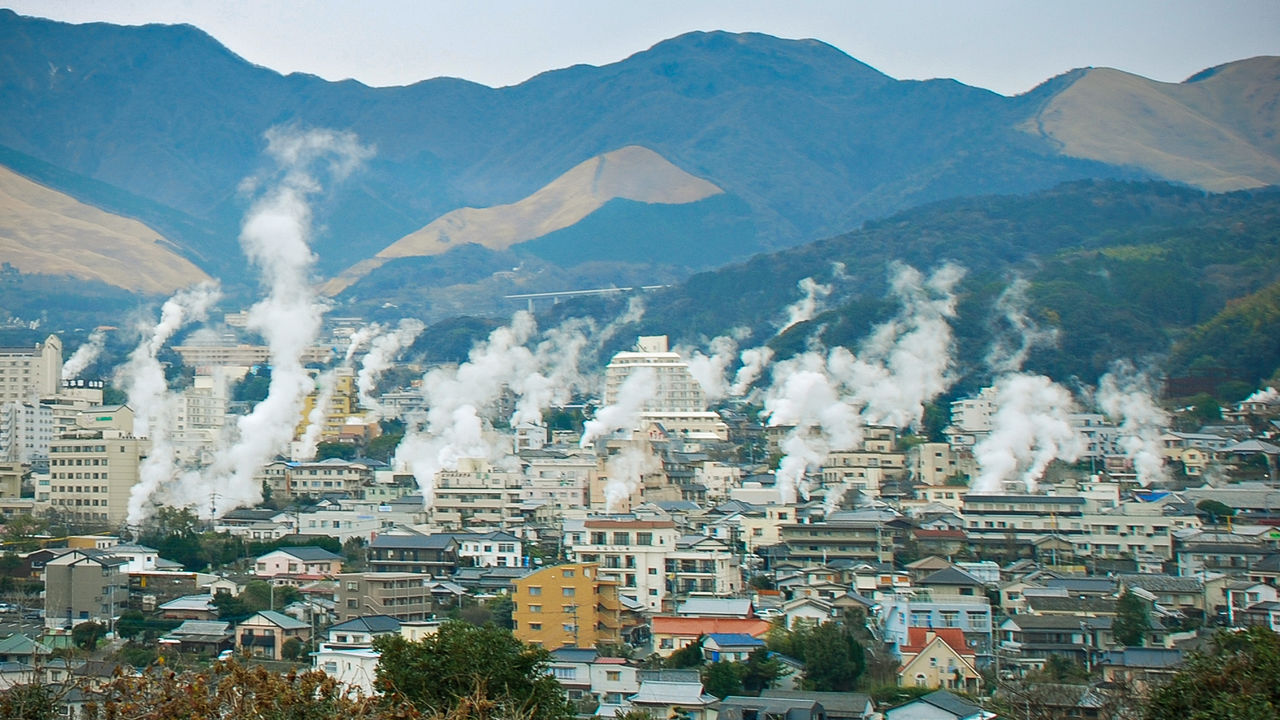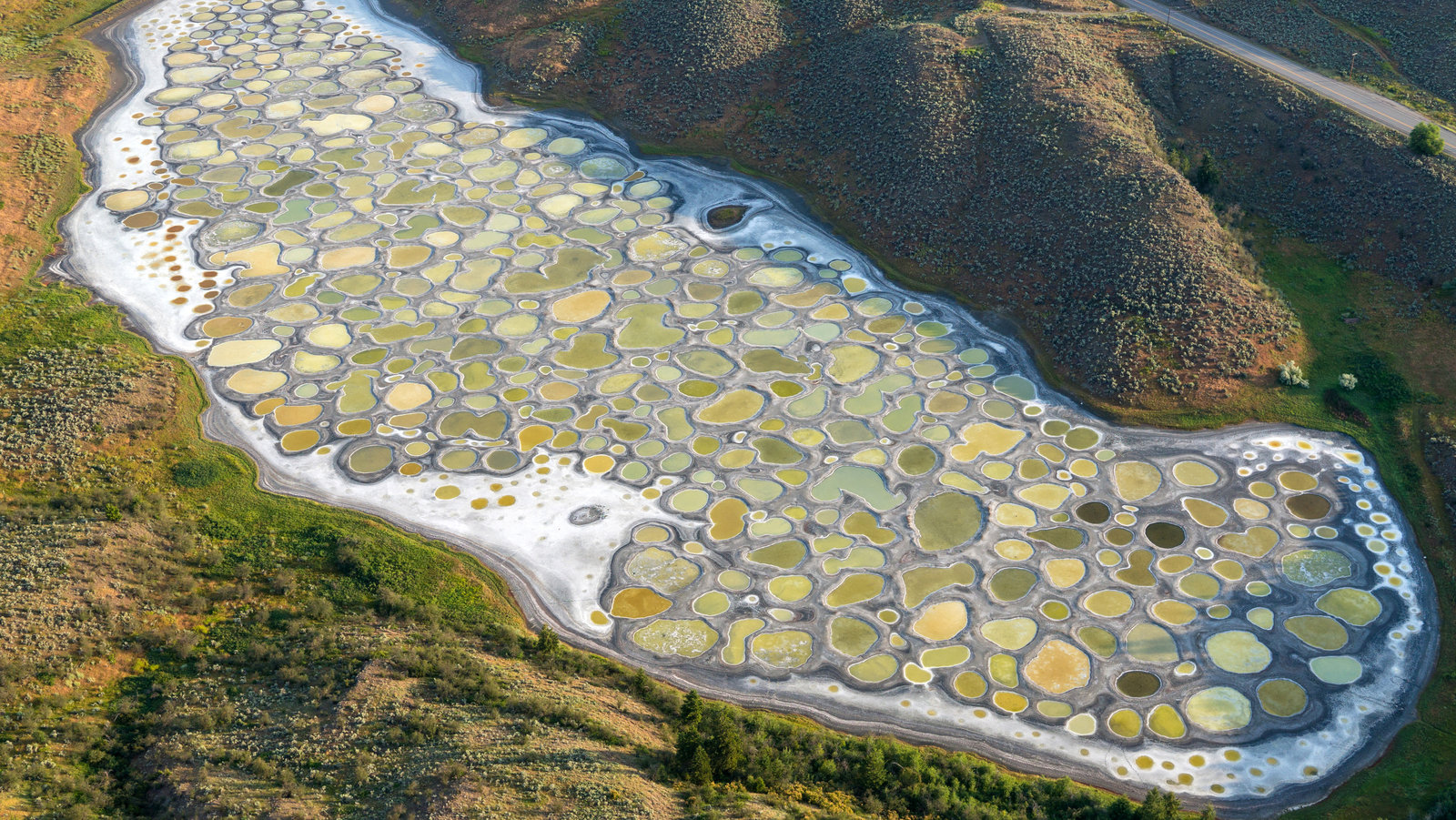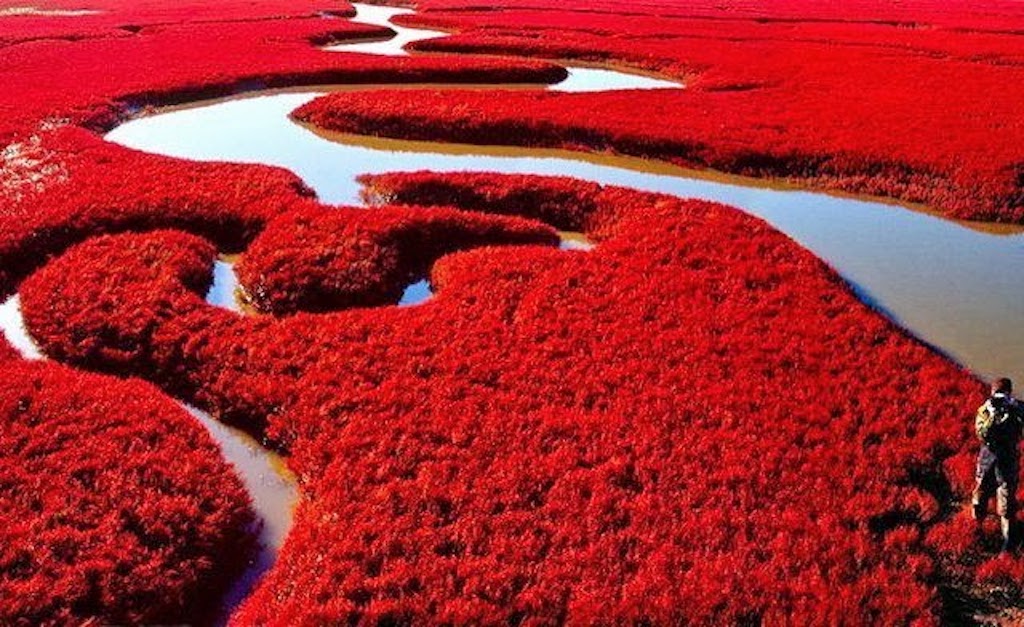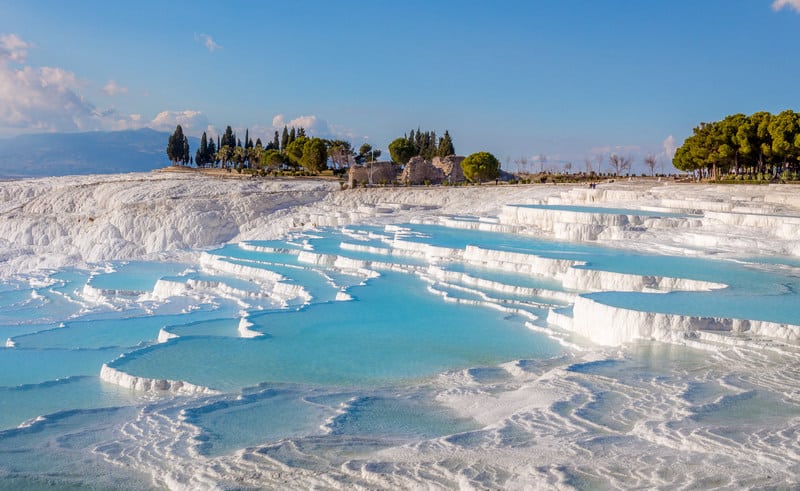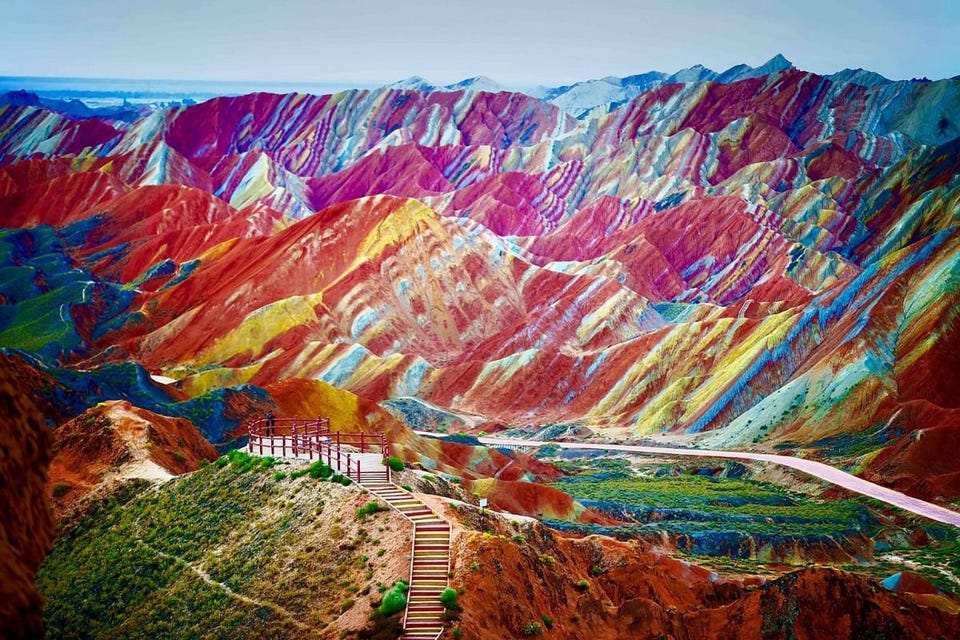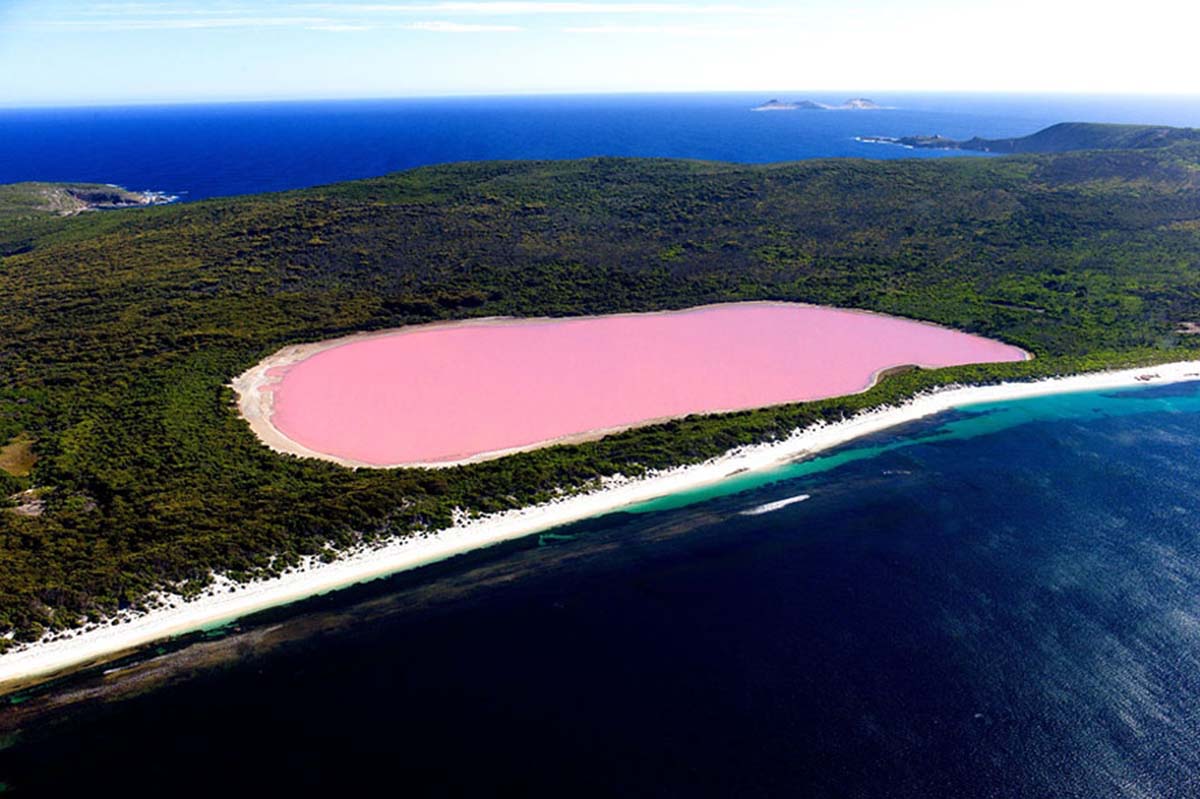Most Unknown Paradises In The World To Visit In 2022 That You Don't Wanna Miss Out
If you want to know the most unknown paradises in the world to visit in 2022, then you came to the right place. Doubtful as it may seem but there are still paradises that remain relatively off the radar. Paradise may mean different things to different people, but it's a truly idyllic setting with a dash of seclusion for us. So, no, these aren't all tropical islands; a mountain or a forest might be just as beautiful as a beach.
Author:Sophia HarperReviewer:Liam JonesSep 18, 2022183.1K Shares2.6M Views
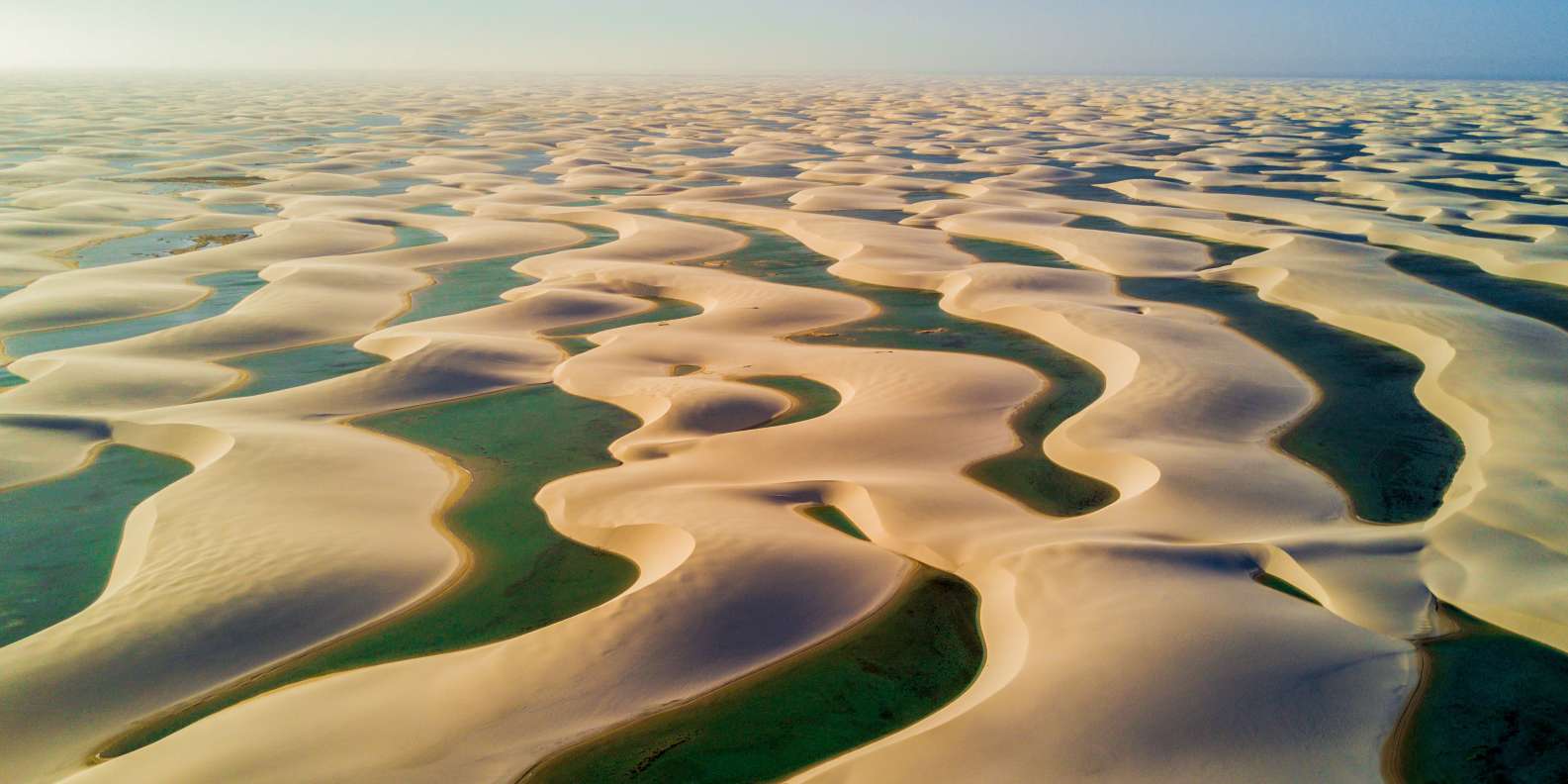
If you want to know the most unknown paradises in the world to visit in 2022, then you came to the right place. Doubtful as it may seem but there are still paradises that remain relatively off the radar.
Paradise may mean different things to different people, but it's a truly idyllic setting with a dash of seclusion for us. So, no, these aren't all tropical islands; a mountain or a forest might be just as beautiful as a beach.
So, if you want to go off the beaten route and impress your pals with a hidden gem they've never heard of, take note. Continue reading for our expert guide to the world's best hidden paradises.
1. Kirkjufell
Kirkjufell Mountain is most renowned for the breathtaking photographs taken by visitors. The mountain, which is located on Iceland's Snaefellsnes Peninsula, is not particularly noteworthy.
It's not Iceland's tallest or deadliest peak, and it's not even one of the several volcanoes that have given Iceland the reputation of producing one-third of all basaltic lava in recorded history.
But if there's one thing that distinguishes Kirkjufell from the crowd, it's the way the scenery comes together. This is a picturesque mountain. Everything from the Middle-earth terrain to the trio of waterfalls pouring a crystal clear stream at the mountain's foot paints a picture of picturesque Iceland.
Even the weather gets involved. And, as the image above indicates, Kirkjufell lies right in the middle of one of the best sites to see the spectacular Northern Lights.
2. Cano Cristales
Cano Cristales, also known as the "River of Five Colors" by the locals, is a true hidden paradise. There are only two methods to reach the river in the Colombian mountains, and both are by plane.
The river's colors are caused by a combination of algae, the natural color of the river rocks, and the blue of the water itself. The red in particular is derived from an aquatic plant known as Macarenia clavigera.
Because the color comes from living beings, the effect changes all the time, like a living painting drawn by God's own hand. Summer is the best time to visit Cano Cristales because the heat brings out the most beautiful tones of crimson.
Cano Cristales flows over some of the world's oldest rocks, the Guiana Shield, which formed roughly 1.2 billion years ago, in addition to the region's spectacular colors and tremendous biodiversity.
3. Taylor Glacier Blood Falls
Antarctica isn't normally the first destination that comes to mind when you think of a paradise, yet the terrain can be just as lovely as the weather.
We've only just begun to explore this icy continent, but we're discovering new delights hidden beneath the ice. The Taylor Glacier, which spews a constant stream of iron-rich hypersaline water over the surrounding snow, is a dramatic example of Antarctica's uniqueness.
The glacier was discovered in 1911 by Thomas Griffith Taylor, an explorer who hypothesized that the crimson hue was caused by an unknown type of bacteria. It wasn't until long later that we discovered the true source of the blood-colored water—an ancient underground pool of saltwater 400 meters (1,300 feet) below the ice's surface.
4. Beppu Hot Springs
Beppu, Japan, is one of the world's hot spring hot spots, with over 2,500 springs in the area—the world's second largest such cluster. Because there are eight primary regions, each producing a different sort of spring, the springs are commonly known as the "Eight Hells."
Blood Pond Hell is iron-saturated, giving both the water and the steam a dark reddish color. Demon Mountain Hell, which holds approximately 80 crocodiles; White Pond Hell, which contains boric acid, which gives the water a milky consistency.
Oniishi Shaven Head Hell, which is a mass of seething mud that purportedly mimics the shaved heads of monks rising to the surface. Around the springs, entire commerce networks have sprung up, allowing you to buy veggies cooked in the Hells' steam or eggs boiled right in the rainbow water.
There are other lesser springs that are cold enough for a foot bath, but the larger springs are littered with "Do not swim" signs—the water in some of the Hells can reach a scorching 150 degrees Celsius (300 degrees Fahrenheit).
5. Spotted Lake
The Okanagan Valley is located on British Columbia's extreme southern boundary. Aboriginal tribes have lived and battled in the valley for thousands of years, and their legends survive on until this day.
One of their most famous legends tells of a fight that took place in the hills surrounding Spotted Lake, which was once known as Khiluk to the region's First Nations. During the conflict, both sides declared a truce and allowed their soldiers to bathe together in Spotted Lake's mineral-rich waters.
The lake's supposed restorative qualities are still touted today. There are significant quantities of 11 minerals, including calcium and magnesium sulfate, as well as trace levels of titanium and silver.
When the lake partially evaporates in the summer, the minerals precipitate creating rounded "holes." Depending on which minerals are more concentrated in that particular place, each hole takes on a different color.
6. Panjin Red Beach
This stunning crimson scenery may be seen in China, near the city of Panjin. It's in the heart of a vast, sweeping wetland area in the Liaohe River Delta, but it's the only part of the marsh with this brilliant coloration.
Instead of sand, the beach is covered in a very alkaline soil that is too basic for most plants to survive. That leaves little competition for Suaeda salsa, a kind of seaweed that has entirely colonized Red Beach's 1.4 million acres.
The seaweed is a dark green color in the summer, which is attractive but not spectacular. However, in the autumn, the mature plants assume a flaming red color, transforming the beach into a one-of-a-kind display. The majority of the beach is closed to guests in order to safeguard the fragile nature, but there is a small area open to tourists.
7. Pamukkale’s Travertine Pools
The cliffside travertine pools in Pamukkale, Turkey, are without a doubt one of the most distinctive sites in the world. Travertine is a form of limestone that can be found in many hot springs across the world.
The travertine forms into stepped formations that contain the spring water when it reaches the surface. The end product is frequently something out of a Dr. Seuss novel, with layers of crystal clear pools built on top of each other.
They are usually gorgeous no matter where they form. Pamukkale was the ancient site of the Greek city of Hierapolis, and the name "cotton castle" translates to "cotton castle." From a distance, it is exactly what it appears to be.
The pools are made of soft calcium carbonate that solidifies into travertine over time. Because of the high calcium concentration, the end result is a snow-white mountainside.
8. Zhangye Danxia
The Zhangye Danxia Landform Geological Park, located in southwest China, has a number of distinctive features. The multicolored mountains known as Danxia landforms are probably the most stunning.
The unusual color is caused by red sandstone and natural mineral deposits that accumulated over a period of 24 million years. Each "stripe" is a separate mineral that has formed layer upon layer over time, culminating in a rainbow pattern.
Wind and rain erosion has further polished the mountain surfaces. This type of mineral formation can only be found in China, and several of the landforms have been designated as UNESCO World Heritage Sites.
The municipality of Zhangye has profited on international interest in the Danxia landforms, and there are hundreds of different tour firms that lead groups into the rainbow mountains.
9. Lake Retba
This lake has been given a variety of names, some by locals and some by visitors, but they all essentially mean the same thing: "The Pink Lake." And, while it's not the most original name, it's certainly the most true.
Lake Retba is located in Senegal and is only separated from the Atlantic Ocean by a small sand dune strip. Because of the tiny geographical difference, a species of algae known as Dunaliella salina has been allowed to grow in the warm waters of the lake.
Dunaliella algae, which can only be found in a few spots throughout the world, are salt lovers, which is fortunate because Lake Retba is as salty as the Dead Sea.
Dunaliella produces a red pigment that permits them to absorb more sunlight and beta carotene, which acts as a buffer against the salt in order to thrive in such saline environments.
The deeper the red, the saltier the lake becomes (especially during the dry season). During extremely dry seasons, the lake's color can only be characterized as "bloody."
10. Lençóis Maranhenses
A desert oasis is a beautiful sight, but they are few and far between in most of the world's dry regions. The Lencois Maranhenses National Park, on the other hand, is strewn with them.
See video below.
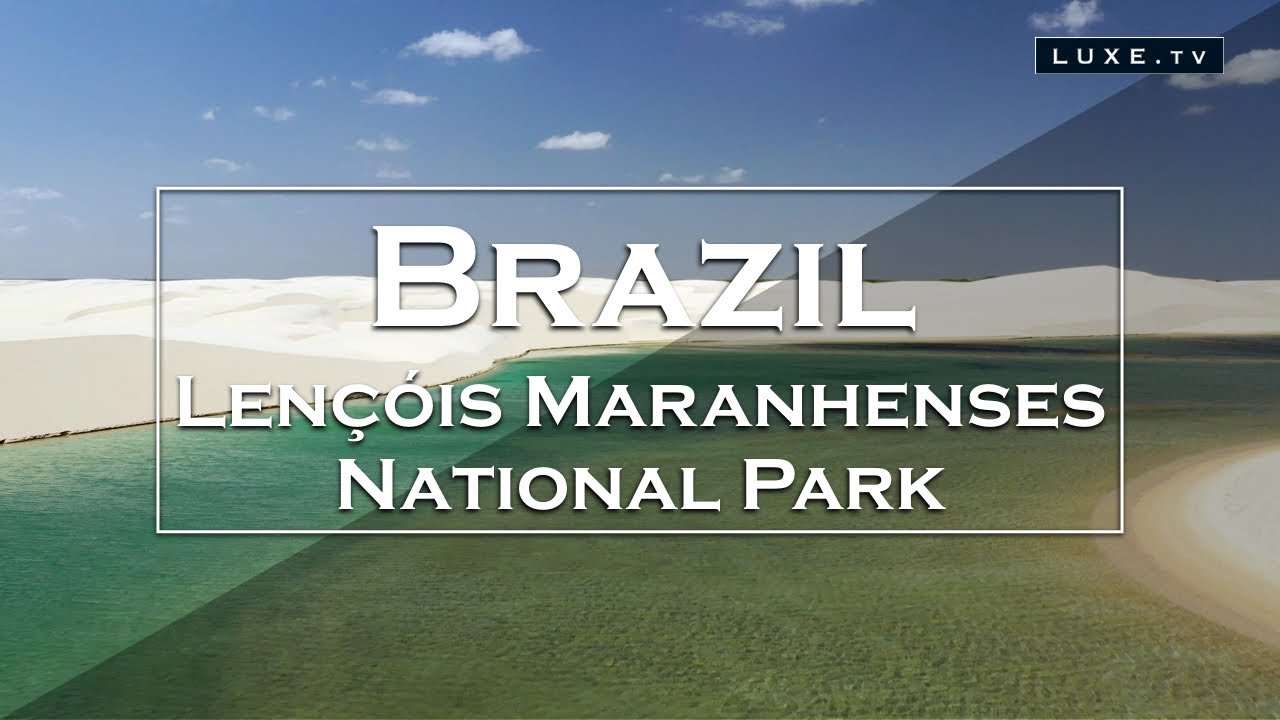
The Lençóis Maranhenses National Park in Brazil : a unique place in the world - LUXE.TV
This sand-covered, 155,000-acre park in northern Brazil isn't technically a desert, despite its appearance. It is located just outside the Amazon jungle and receives the same amount of rainfall as a tropical rainforest.
Rainwater gathers between the dunes, forming thousands upon thousands of individual lagoons that stretch as far as the eye can see. Each lagoon has an entirely distinct environment.
Despite the lack of inlets and exits, many of the isolated lagoons are teeming with fish delivered to the pools as eggs by seabirds. However, because the sandy ground is mainly barren of nutrients, very little plant grows in Maranhenses, creating a sort of hybrid of two worlds, akin to mixing oil and water in the same dish.
People Also Ask
What Is The Most Unknown Place In The World?
The Svalbard Global Seed Vault is the world's most secure seed bank, located 120m inside a sandstone mountain on the Norwegian island of Spitsbergen in the isolated Arctic Svalbard archipelago, 1,300km from the North Pole.
Which Country Is Paradise On Earth?
Nature has given Kashmir with incredible beauty, earning it the title "Paradise on Earth."
Where Is The Best Paradise On Earth?
1 – Palawan, Philippines
2 – Maldives
3 – French Polynesia
4 – Seychelles
5 – Santorini, Greece
Conclusion
There are millions of lovely paradise sites scattered all over the planet, and some of them may not have even been on your radar until now. The locations on this list are just some of the world's undiscovered paradises and some are still out there waiting to be found. So, which of these unknown paradises on this list is your favorite?

Sophia Harper
Author
Sophia Harper’s photography acts as a portal to the soul of the places she visits. Drawn to South America’s landscapes and cultures, she has spent years capturing everything from the majesty of ancient ruins to the vibrancy of urban streets.
Sophia’s work isn’t just about documenting moments; it’s about evoking the emotions and stories behind them. A dedicated photographer, she has worked with local communities across South America to capture their rich cultural narratives through her lens.
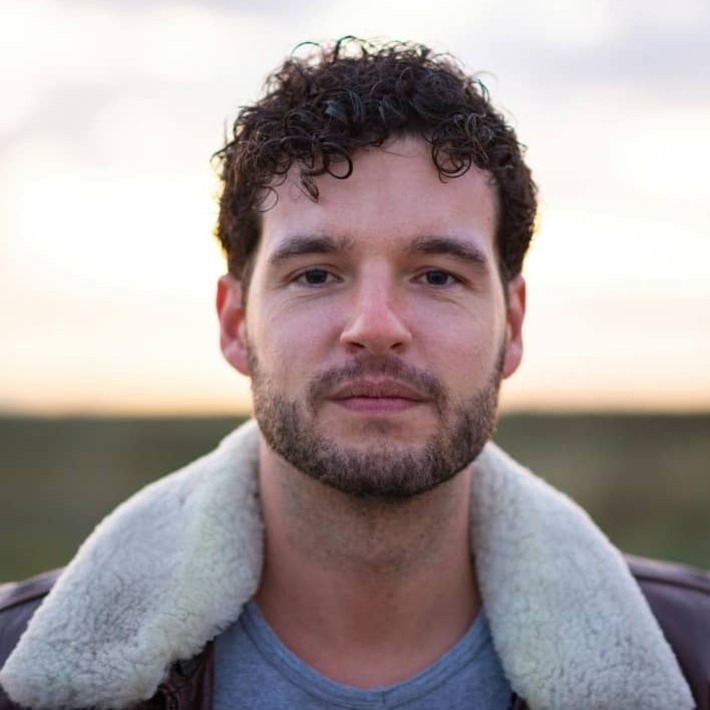
Liam Jones
Reviewer
Liam Jones has made it his mission to prove that adventure doesn’t need a hefty budget. Having traveled to over 40 countries, he specializes in finding affordable ways to experience the world, from the best street food in Bangkok to hidden gems in Lisbon.
Liam’s travel tips have reached thousands of readers, empowering them to see the world on a shoestring budget without sacrificing quality. With a deep passion for local cultures, he continues to share his travel hacks, ensuring adventure remains accessible to all.
Latest Articles
Popular Articles
